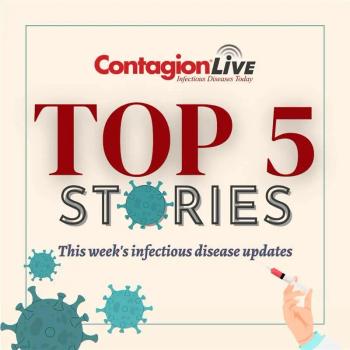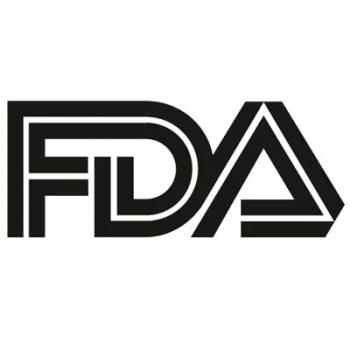
Examining COVID-19 Breakthrough Infections by Type of Vaccine Received
A study presented at the SHEA 2022 conference determined how common and severe breakthrough infections were for Pfizer-BioNTech, Moderna, and Janssen COVID-19 vaccine recipients.
The investigators included a total of 85 fully vaccinated patients with a documented
Participants were recruited from 2 hospitals in Southeast Michigan, and classified by non-severe, severe, or critical disease. Patients were classified as “severe” if their oxygen saturation level was ≤94% on room air or if they required supplemental oxygen, and “critical” if they developed respiratory failure, including mechanical ventilation or extracorporeal membrane oxygenation.
A total of 85 breakthrough infections were identified in the study cohort. The average age of the patients was 69.9 years, and 51.8% were female. At 85.9% (n=73), severe disease was the most common type of breakthrough infection, followed by non-severe disease (n=7; 8.24%). A total of 9 (10.6%) deaths occurred in the cohort.
Most patients received the Pfizer-BioNTech (n=38; 44.7%) or Moderna (n=35; 41.2%) vaccine. Severe illness was more common among participants who received a Pfizer-BioNTech vaccination regimen (n=33/73; 45.2%), and patients with critical disease were more likely to have received the Moderna vaccine (n=4/5; 80.0%).
Moderna vaccine recipients had the longest time in between COVID-19 infection and vaccination (181.9± 43.1 days) and Janssen vaccine recipients had the shortest time between testing positive and receiving the vaccine (91.0± 61.1 days). The investigators concluded that COVID-19 breakthrough infections were uncommon among fully vaccinated persons, but increased with time after vaccination.
The study, “SARS-CoV-2 Breakthrough Infections among Hospitalized Patients in Southeast Michigan,” was presented on April 12 during the
Newsletter
Stay ahead of emerging infectious disease threats with expert insights and breaking research. Subscribe now to get updates delivered straight to your inbox.



















































































































































































































































































